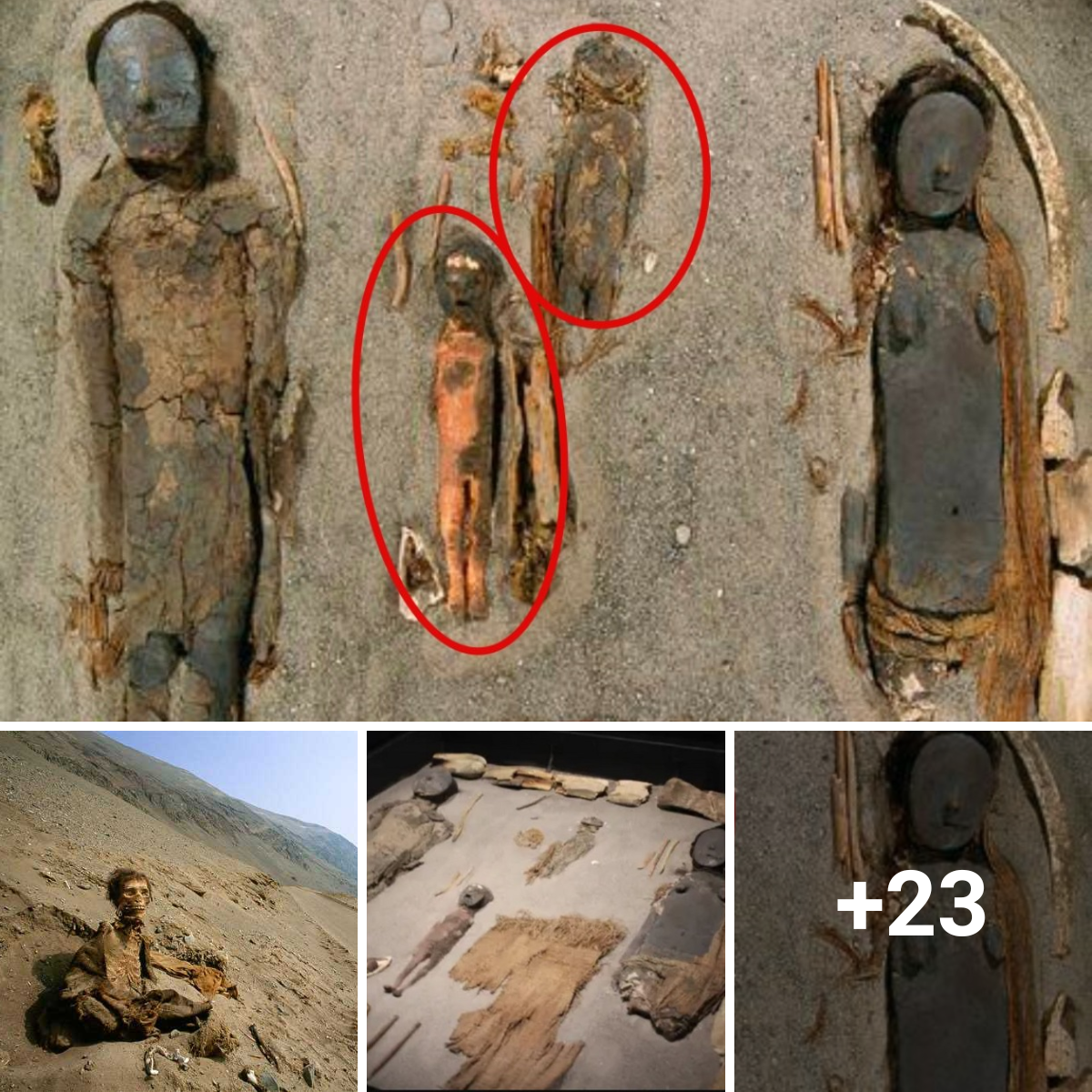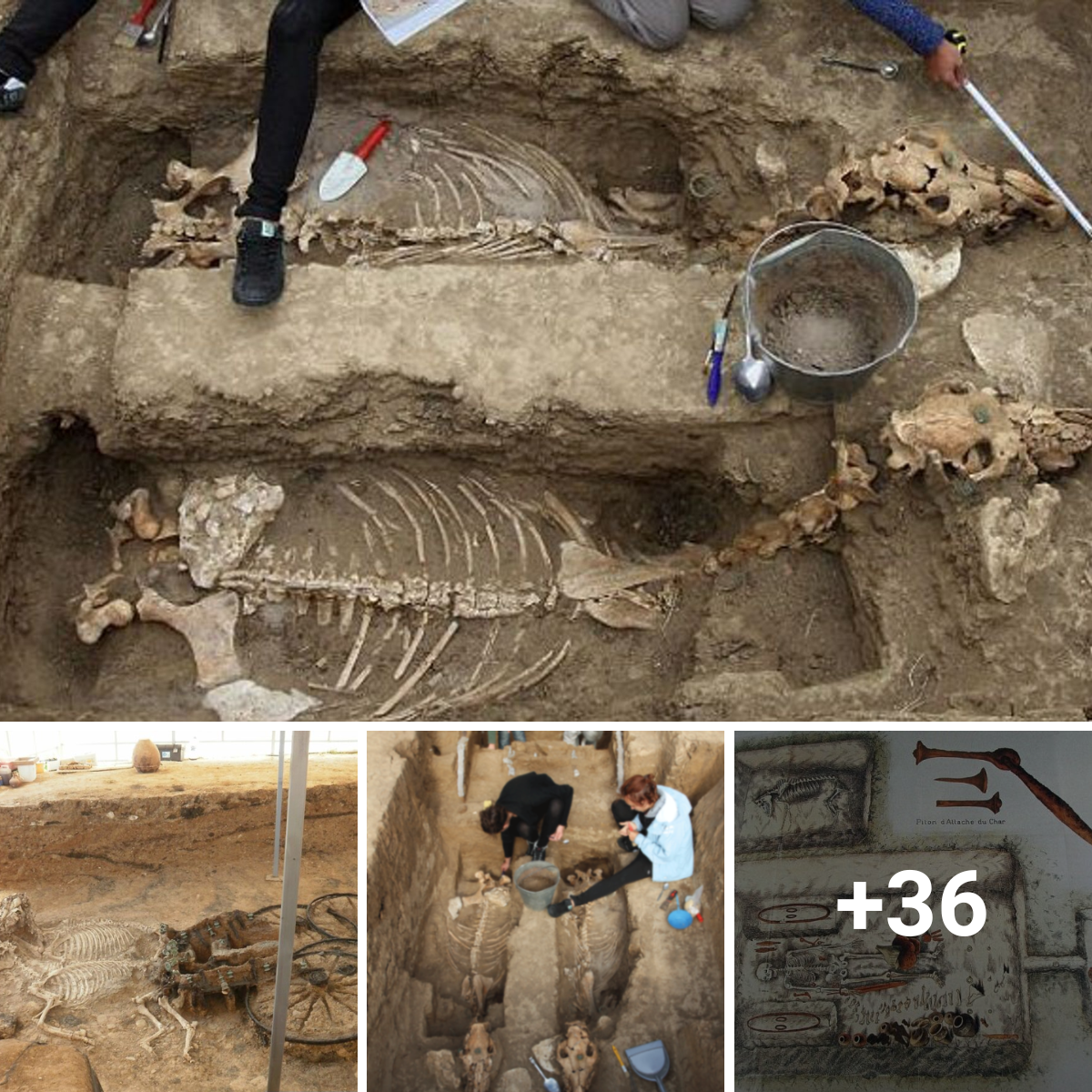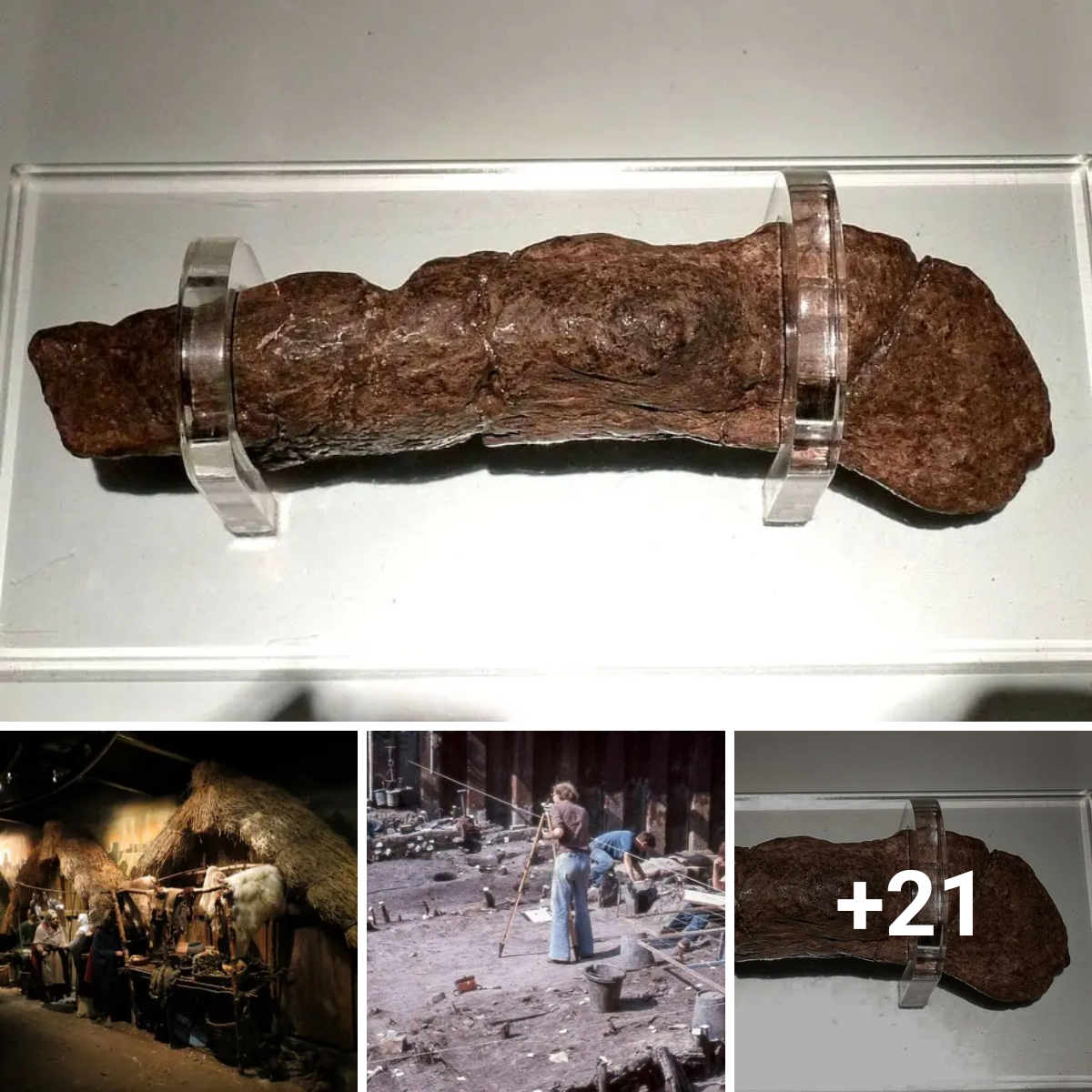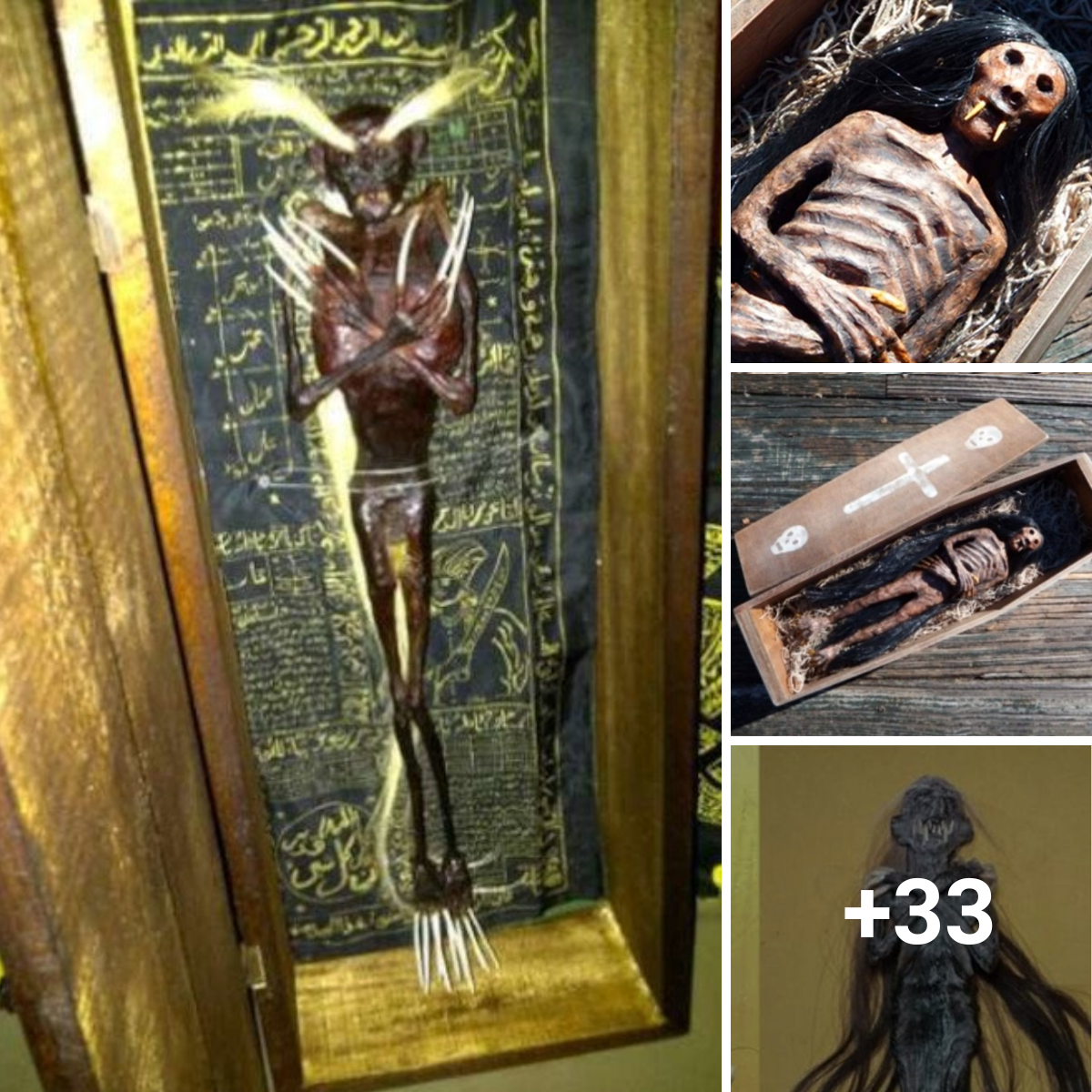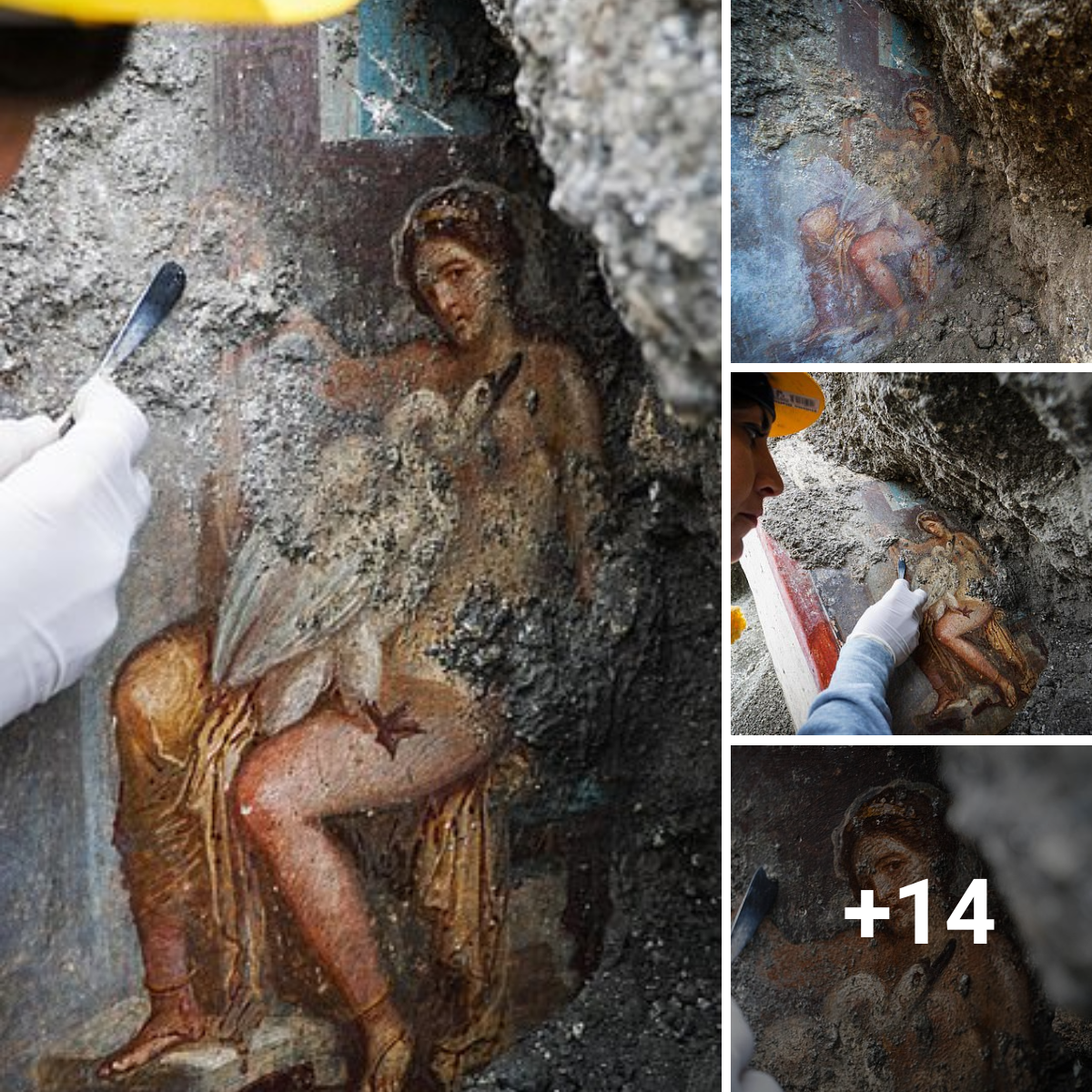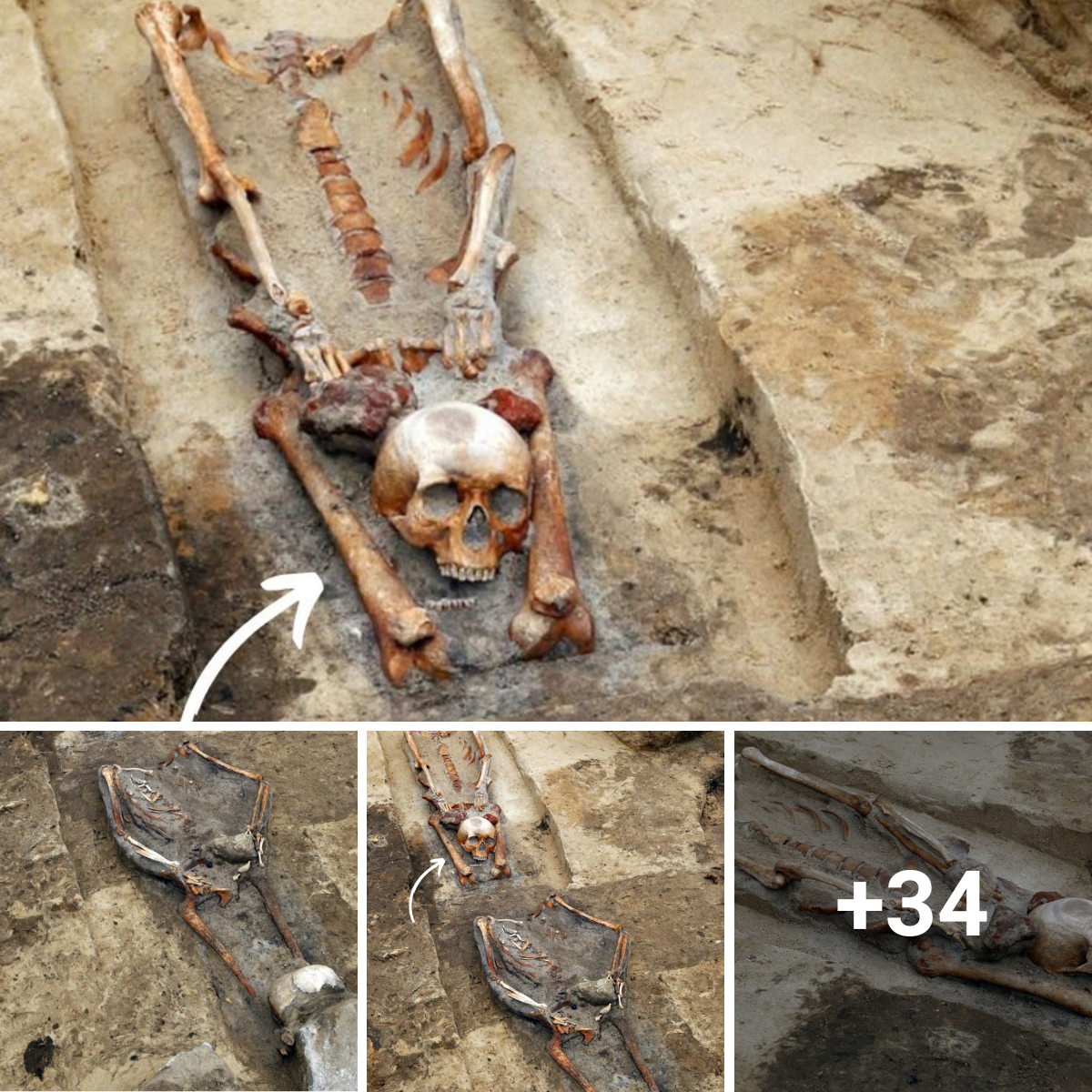Peruvian archaeologists discovered a pre-Incan adolescent mummy on the outskirts of the modern capital, thought to be more than 1,000 years old, in the latest of a string of findings from the period.
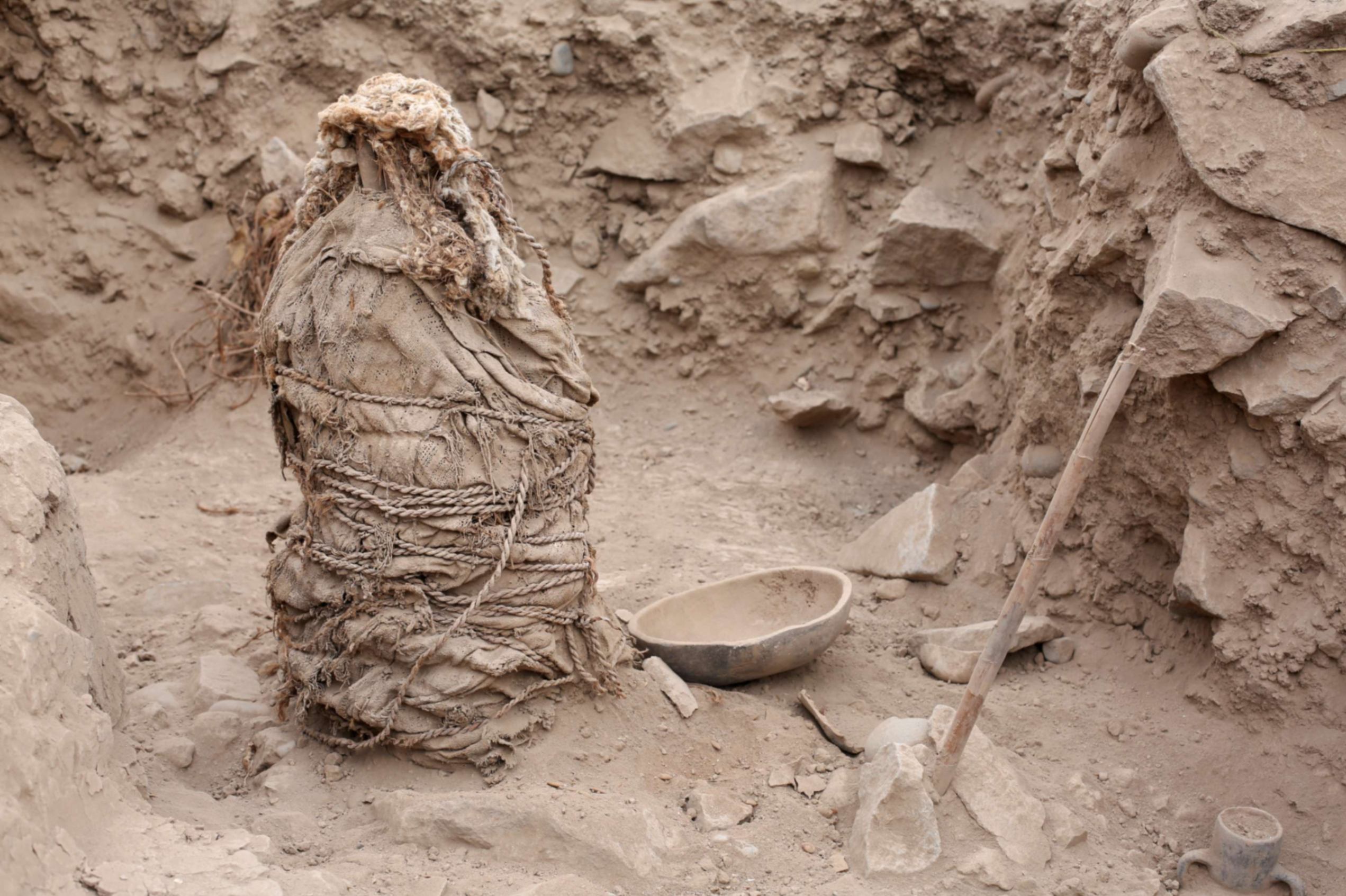
The mummy was probably an adolescent and found in an underground tomb wrapped in a funerary bundle, along with ceramics and rope and including bits of skin and hair.
The mummified adolescent was found in a “good state of conservation,” said archaeologist Yomira Huaman, in charge of the Cajamarquilla research project affiliated with the Universidad Nacional Mayor de San Marcos.
While best known for the mountain-top Inca royal retreat of Machu Picchu, Peru was home to various pre-Hispanic cultures that thrived in the centuries before the Inca empire rose to power, mainly along the country’s central coast and in the An
The adolescent lived between 1,100 and 1,200 years ago and might have belonged to the Lima or Ichma cultures. The mummy was discovered about 200 meters (220 yards) from where the first mummy of Cajamarquilla was found, explained Huaman, referring to another mummy found nearby last year.
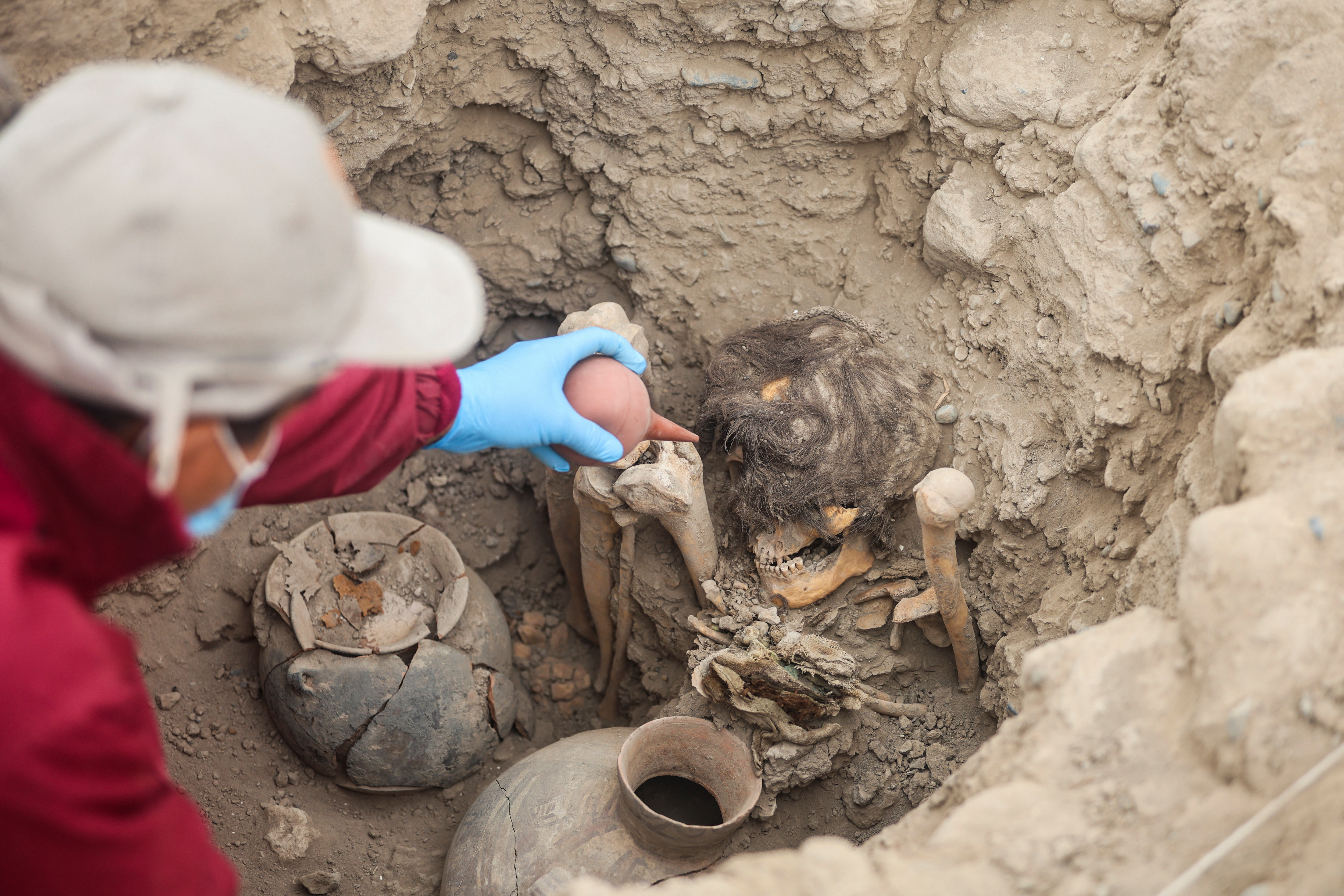
The archaeological site is also where the remains of eight children and 12 adults, who were apparently sacrificed around 800 to 1,200 years ago, were found.
The sprawling Cajamarquilla complex features the ruins of four pyramids and other constructions such as walls laid out like a maze. The complex is the second largest mud-brick city in Peru after Chan Chan in the north of the Andean country.

Cajamarquilla was possibly occupied by people from the coast and the Andean highlands, said Huaman. Located in a dusty area about 20 kilometers (12 miles) from Lima, the site was believed to be a thriving trading center.
